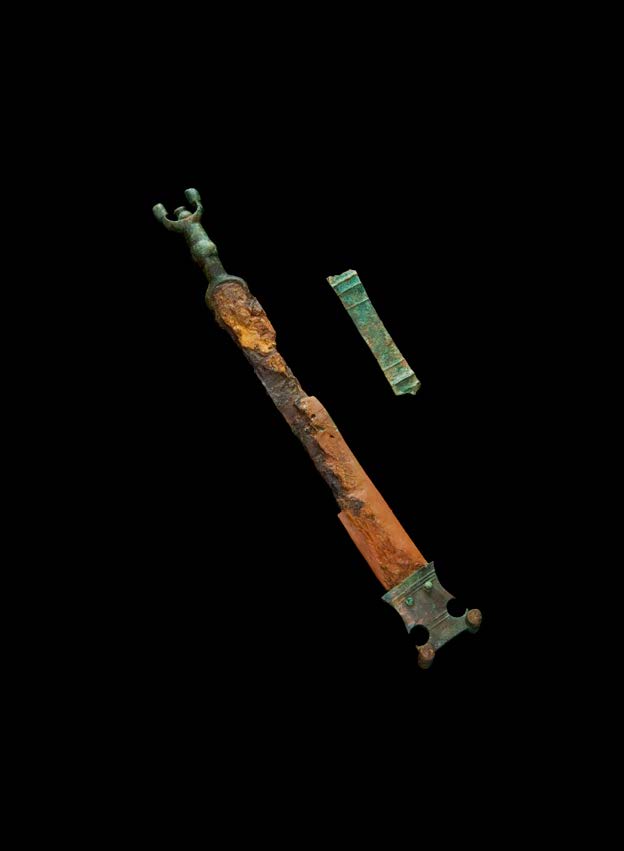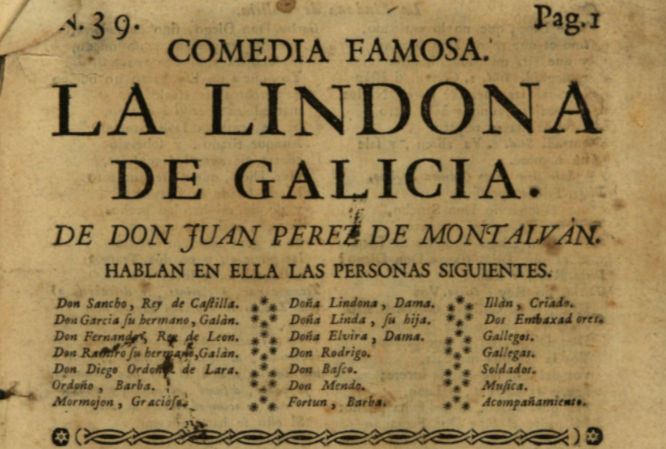
I know of few sites that so dramatically reflect what an Iron Age hillfort SHOULD BE as Castro da Cidá (Ribeira, #Galicia), now with its restored upper wall.
But A Cidá also hides a great enigma. Will you come and see it with me? 👇
#HillfortsWednesday
But A Cidá also hides a great enigma. Will you come and see it with me? 👇
#HillfortsWednesday
With its complex defensive system, its monumentality and dominance, its large size (3 ha) by Galician standards and even its name, 'A Cidá' (Lat. 'civitas', 'the town'), everything would suggest a Late Iron Age hillfort.
But it's not.
#HillfortsWednesday
Mdt: @fonte_joao

But it's not.
#HillfortsWednesday
Mdt: @fonte_joao


Radiocarbon dates are clear enough: A Cidá was inhabited in the Early Iron Age, VII-V BC. When most of the oppida and big hillfort were villages or did not exist yet, the hillfort of A Cidá had already been abandoned.
But there are even more strange things.
#HillfortsWednesday
But there are even more strange things.
#HillfortsWednesday

The only excavated area is the fortified upper enclosure, the 'croa'. But according to archaeologist Miguel Vidal, none of these huts had been dwellings. There are no hearths, no remains of food such as shells or bones, no stone mills and very little pottery.
#HillfortsWednesday
#HillfortsWednesday

Some evidence of bronze metallurgy and a few iron objects, such as knives, were found.
Many of the huts are arranged around a central courtyard. Vidal's hypothesis is that it is a strange craft area, protected by a strong rampart with inner staircases.
#HillfortsWednesday

Many of the huts are arranged around a central courtyard. Vidal's hypothesis is that it is a strange craft area, protected by a strong rampart with inner staircases.
#HillfortsWednesday


In that time the Arousa firth (you see in the background) was an important commercial hub with the Mediterranean, with coastal enclaves trading actively with the Phoenicians. But in this monumental site there is no evidence of such contacts.
Why?
#HillfortsWednesday
Why?
#HillfortsWednesday

The A Cidá hillfort reminds us how diverse and complex Iron Age societies were and even how much they changed over that long period.
Meanwhile, the extraordinary beauty of this site, full of legends of sunken cities and heroic battles, captivates our hearts.
#HillfortsWednesday
Meanwhile, the extraordinary beauty of this site, full of legends of sunken cities and heroic battles, captivates our hearts.
#HillfortsWednesday

I wrote this short column about the site for the local newspaper today's edition.
lavozdegalicia.es/noticia/barban…
lavozdegalicia.es/noticia/barban…
• • •
Missing some Tweet in this thread? You can try to
force a refresh




















